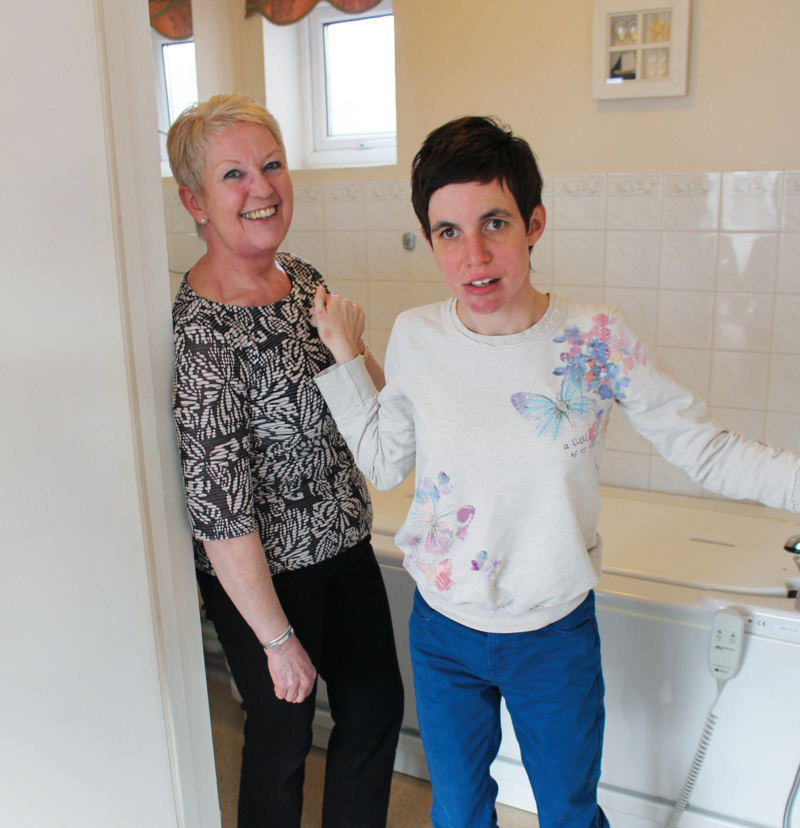The benefits of bathing for attachment
By Louise Sharp, Occupational Therapist
What is attachment theory?
British psychologist John Bowlby describes attachment theory as “a lasting psychological connectedness between human beings” (1) in particular between a young child and their caregivers.
By creating a secure attachment to a parent or carer, a child is able to develop socially, emotionally, and cognitively because they feel loved and safe to explore their environment.

Difficulties building a secure attachment can affect a child emotionally and psychologically into adulthood and have an impact on their future relationships (2). Difficulties building a bond can happen if caregivers have mental health issues, if a mother has postnatal depression, if trauma is experienced by either the child or caregiver, if a child is fostered or adopted or if a child is disabled.
Studies have found that secure attachments seen in children with a disability tend to be lower than for typically developing children (3). This could be caused by the disabled child not being able to communicate their needs and therefore the caregiver not meeting them, or by the stress the caregivers are under caring for a disabled child and coming to terms with their diagnosis.
The benefits of bathing for attachment
Attachment develops through everyday life as a caregiver meets a child’s needs, so it makes sense to use the bath time routine to strengthen those bonds. The benefits include: –
- Helping a child feel that they belong.
- Providing structure, stability, and predictability
- Building family identity
- Strengthening a child-caregiver bond
- improving emotional self-control
- increasing trust and sense of security
Ideas to help
Time Limit any distractions, close the door and leave phones in another room, let a child know they have the caregiver’s full attention. Bath times are a great opportunity for dads to bond with a child as it is their special time, whereas mums have specials time during breastfeeding.
Environment Make sure the bathroom is cosy and inviting so a child feels comfortable coming into the space. Have the bathroom warm, choose relaxing lighting, have all the toys and products to hand and make sure the water is the right temperature.
Touch gently massage a child’s arms, leg and back to provide a child with nurturing touch and tenderness. This will bring the child and caregiver physically closer and teach a child about safe touch.
Play engage in play at a level that is appropriate for the child. Use multi-sensory play such as bubbles and lights. Use this play time to be silly, laugh and have fun together.
Co-bathing enjoy a bath together now and again is a great way to boost bonding with skin to skin contact and develop the tactile sense.
Talk a caregiver can show a child they are happy to spend time together by giving eye contact, smiling, speaking softly and using a sing-song tone of voice. Tell stories, chat about the day and sing songs.
Most importantly, make bath time not just about getting clean, but about spending time together, having fun and making happy memories.
References
- Bowlby, John (1997) Attachment and loss. Volume 1: attachment. Pimlico.
- NSPCC (2021) Attachment and child development. Available on the NSPCC website.
- Tara Hearne and Colby Pearce (2016) A Short Introduction to Attachment and Attachment Disorder, Second Edition. Jessica Kingsley Publishers

